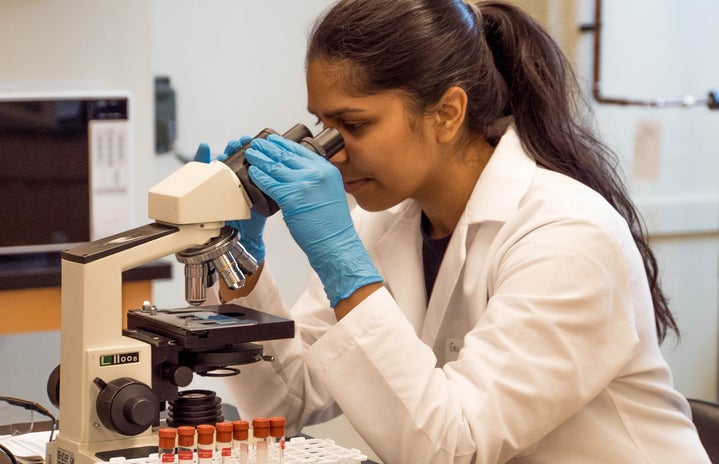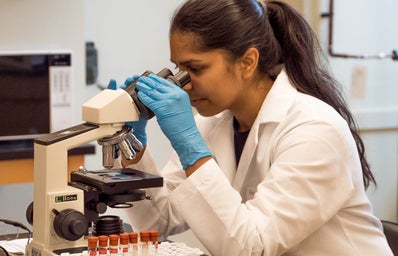Being a student in STEM, I have found that many of my peers are often looking to join research labs. Whether it is to improve a medical school application, gain research experience for a PhD, or out of pure interest, undergraduate research may be extremely helpful in professional development. One of the main hurdles of getting involved in undergraduate research is figuring out how to go about starting. No matter what you major, research field of interest, and education level are, there are research opportunities out there for you. This includes labs in fields from chemistry to criminal justice, to interior design.
Finding a Research Lab
The first step in your undergraduate research journey is finding a research lab that sparks your interest. I have found that the easiest way to do this is by first selecting your department of interest. For example, I am majoring in neuroscience and wanted to participate in related research, so I would look at the Department of Integrative Physiology and Neuroscience.
Once you have identified the specific department, you must find a list of the faculty in that department. This list looks different depending on the setup of the department’s page, but you must look at only faculty who are principal investigators of research labs. These are usually professors, assistant professors, associate professors, and research professors. You may have to poke around to find information about the faculty’s research. Read the information about the different labs offered in the department and find a at least 3-5 that interest you.
Contacting the Labs of Interest
Once you have identified a couple of labs that you may want to join, you must reach out to the labs via email. Typically, you should email the professor who is the “head” of the lab (principal investigator, or PI) to express your interest in collaborating with them. If you cannot find their contact information, you may want to reach out to any graduate students working in their lab. If you do not get a quick reply, do not be discouraged! It would be a good idea to email every lab that interests you because there may only be a few that have openings, and the principal investigator may not reply to emails well. If you need to come back a week later and email them, that is okay! Many of the components of the email will sound like a cover letter that you may submit for a job, but specific to their lab.
Here are some things to include in your email:
- Introduction (name, major, year)
- Any previous research experience
- Why you are interested
- How you can contribute to their research
- Contact information
- Request to set up a meeting
Meeting with the Principal Investigator
Before your meeting with the principal investigator, make sure to familiarize yourself with their research as best as possible. Full research papers may seem incredibly complicated, but having an idea of what their research is focused on is a good starting point. You will want to be prepared to respond to any questions that they may have for you.
For example:
- Have you participated in research before? If so, what research?
- What specifically about this research lab intrigued you?
- What do you want to get out of participating in undergraduate research?
It may also be helpful to have a copy of a resume or curriculum vitae (CV) in case they want to know more about your relevant experience. You may finish the meeting by scheduling a lab tour where you can see the lab facility you would work in. Typically, you might decide if you really want to join the lab at this time or decide that you want to explore other options more.
Good luck with your research endeavors and do not give up!




